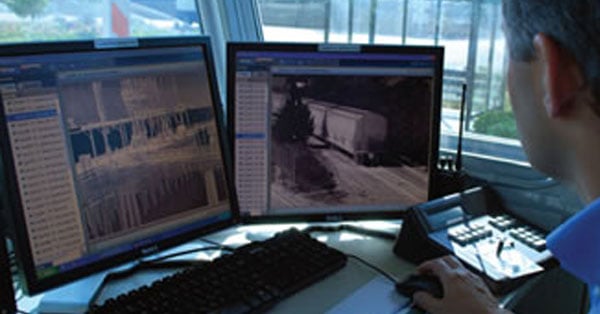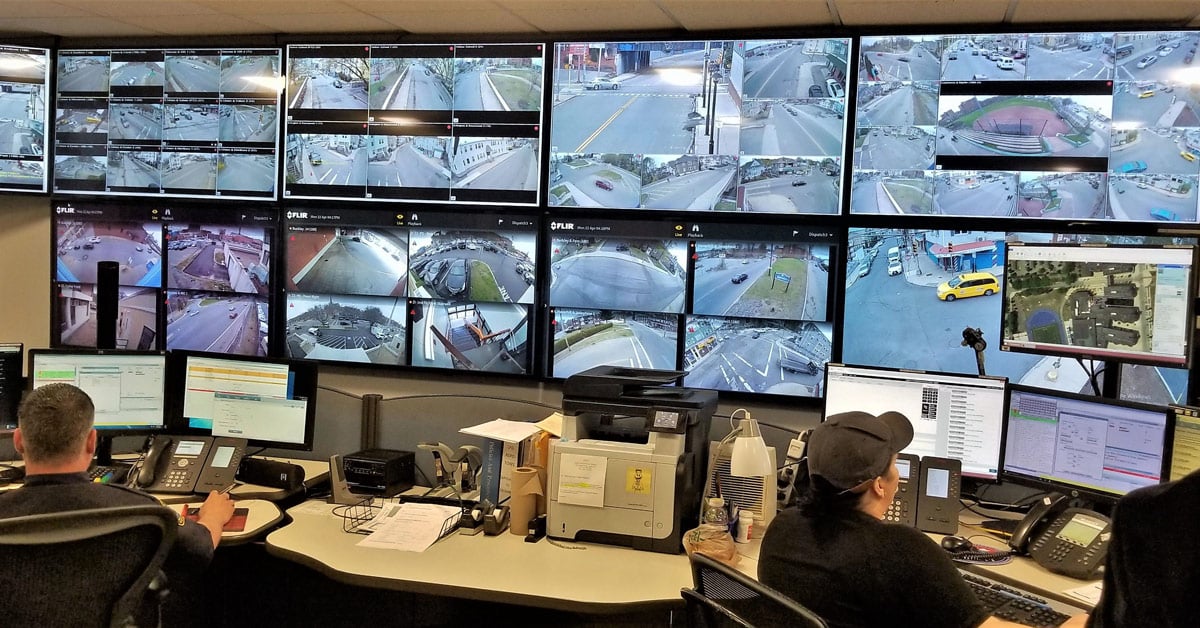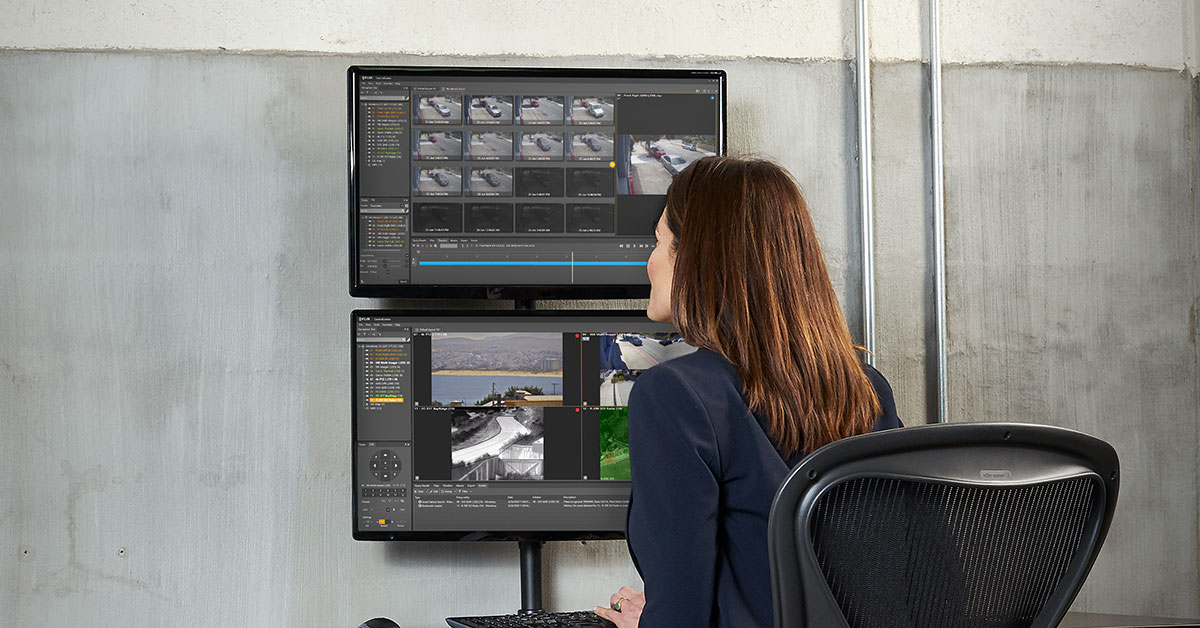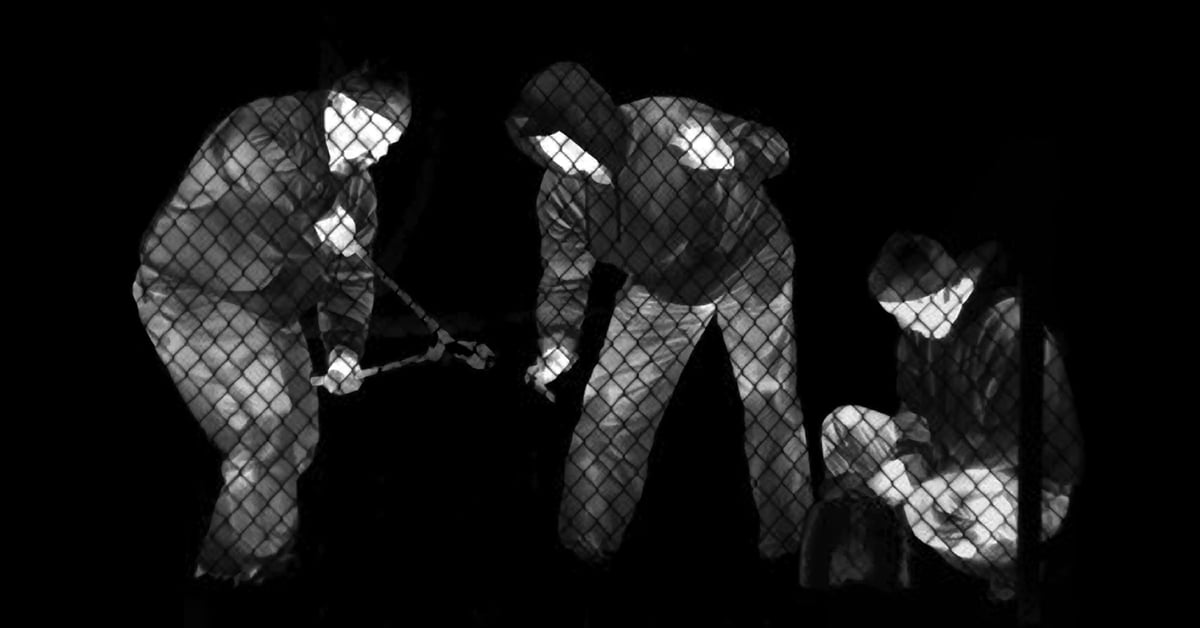Thermal Imaging and Port Security

The Port of Portland services over 800 vessel calls each year, accounting for over 14 million tons of ocean-going cargo. A complex of four marine terminals, the Port processes a diverse mix of cargo including bulk, breakbulk, containers, and automobiles. Terminal operations continue night and day, and all year round, so the security infrastructure needs to be effective regardless of weather or lighting conditions.
To meet these ever-changing demands and conditions, the Port has spent the last two years designing and implementing an impressive security upgrade, funded in part through a grant from the Department of Homeland Security. These improvements focused on Terminals 2, 4, and 6, multipurpose and multi-modal facilities that need to control access from pedestrian, vehicle, rail, and sea routes. The Port hired CH2M Hill as the consulting engineer firm for this comprehensive security upgrade.

FLIR cameras make video images from heat, not light, letting security operators see clearly in total darkness and in poor weather – something people in the Pacific Northwest may encounter at any time of the year.
Some of these new security systems focused on the cargo and its containers. Examples include an Optical Character Recognition system, which scans shipping container markings and matches these markings to their truck's license plate, and Radiation Portal Monitors that scan containers for abnormal levels of radiation that may betray the presence of a dirty bomb.
Still other parts of the Port's security upgrade involved the Terminal's physical security. These included the installation of improved guardhouses, reinforced fencing, improved access control through the implementation of the nationwide Transportation Worker Identification Credential (TWIC) system, and the integration of Forward Looking Infrared (FLIR) thermal imaging cameras.


